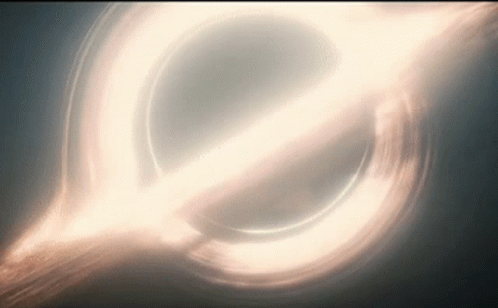Astronomers have pretty confidently determined that massive black holes exist at the center of most large galaxies, eating up anything that ventures too close and slowly growing larger.

Yet they've also postulated the existence of what they call "stellar-mass black holes" that may be drifting out through the cosmos essentially undetected. And now they may have the proof they need to back it up:
According to our best estimates, there should be as many as 10 million to 1 billion stellar-mass black holes out there, drifting peacefully and quietly through the galaxy. There's just one problem when it comes to counting them: Unless they manage to snare some passing material in their gravitational field, they're basically invisible.
Invisible doesn't mean undetectable, however. For the first time, an international team of scientists has managed to detect a lone, quiescent black hole just under 5,200 light-years away.
The process is like this: In some instances astronomers have detected the sudden, intense magnification of the light of a distant star, a sign that an intense source of gravity may have passed in between that star and Earth.
According to the published paper, the team of several dozen scientists say that a "high-magnification microlensing event" bears the hallmark signatures of the passage of a black hole:
We show that the lens emits no detectable light, which, along with having a mass higher than is possible for a white dwarf or neutron star, confirms its [black hole] nature.
The discovery marks "the first ever for an isolated stellar-mass BH using any technique," they claim.
Well done, folks! Another big step in the big reaches of outer space!

–––
P.S. Now check out our latest video: CNN's Brian Stelter doesn't know why people trust Joe Rogan. Let me help you, Brian. 👇









